Project’s Identity
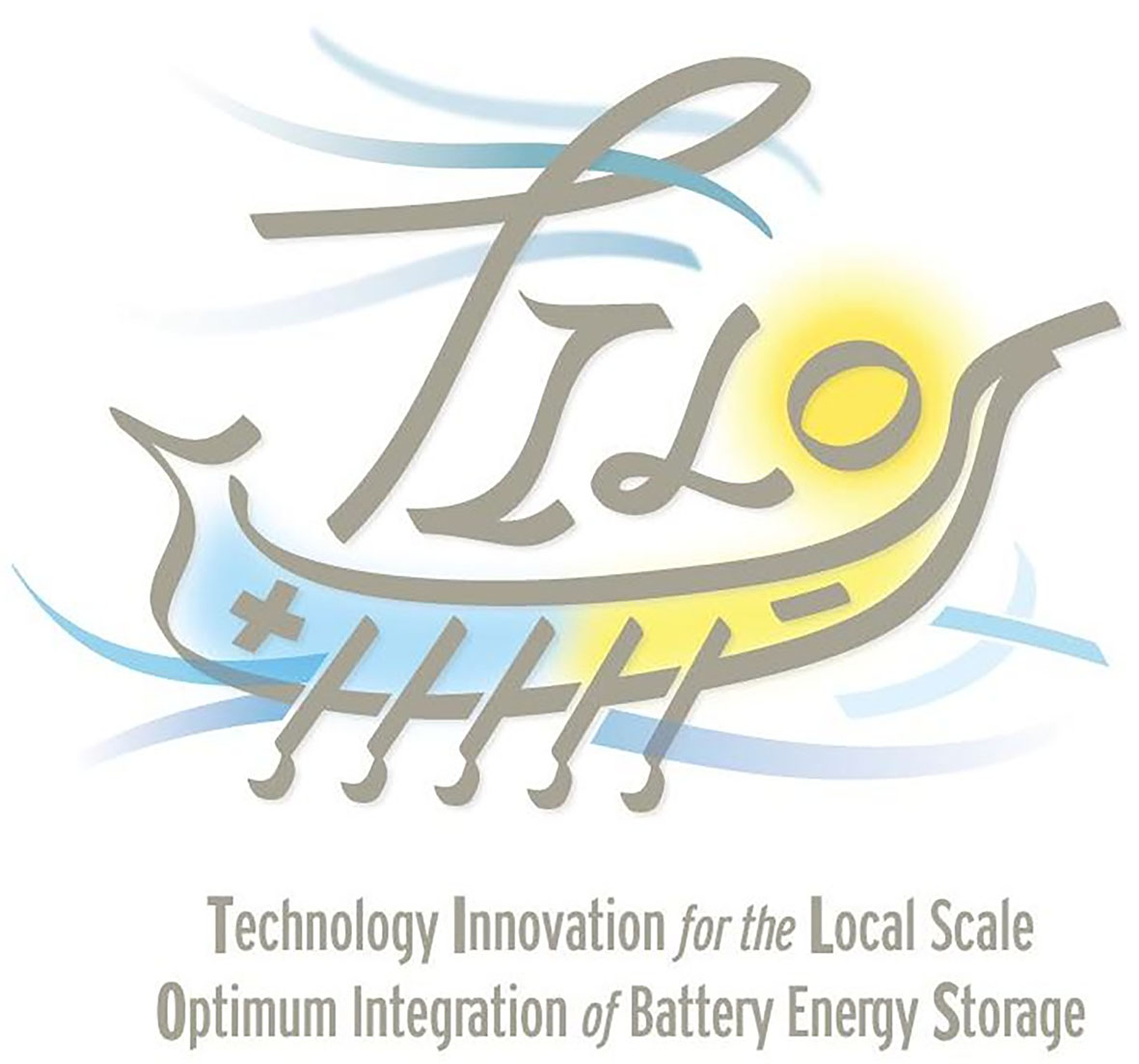 The European Project “TILOS” constitutes a significant, innovative R & D project, approved as first among 80 othes competitive candidate projects within the frames of Horizon 2020. Leader partner of this project in the research team of the Laboratory of Soft Energy Applications and Environmental Protection of Piraeus University of Applied Sciences (http://www.sealab.gr/display/Menu/The+Lab). Although definitely characterized as a national project, at the same time it constitutes an international effort with the participation of 13 European Partners from 7 different countries (Greece, Germany, France, UK, Sweden, Italy and Spain).
The European Project “TILOS” constitutes a significant, innovative R & D project, approved as first among 80 othes competitive candidate projects within the frames of Horizon 2020. Leader partner of this project in the research team of the Laboratory of Soft Energy Applications and Environmental Protection of Piraeus University of Applied Sciences (http://www.sealab.gr/display/Menu/The+Lab). Although definitely characterized as a national project, at the same time it constitutes an international effort with the participation of 13 European Partners from 7 different countries (Greece, Germany, France, UK, Sweden, Italy and Spain).
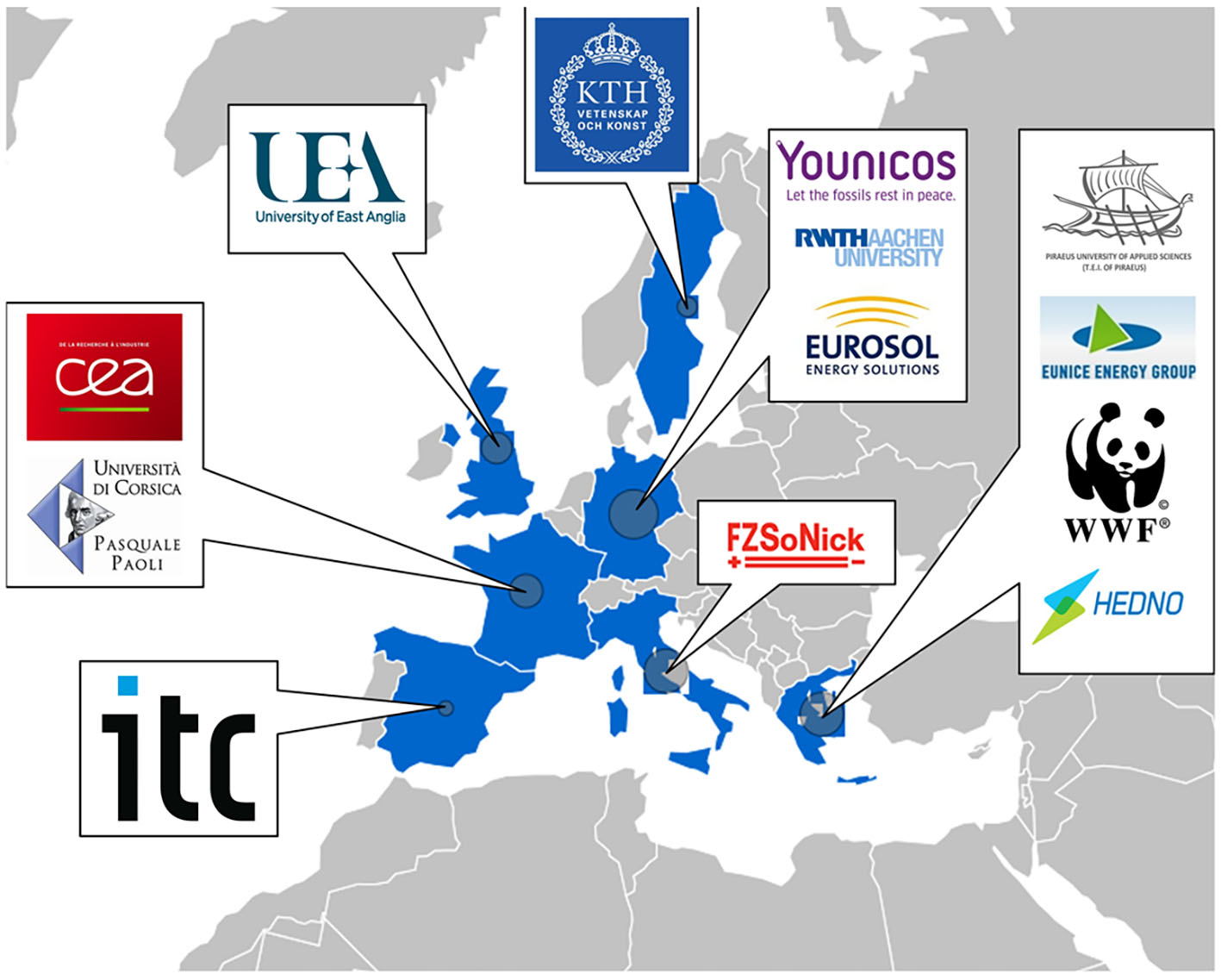
Figure 1: The TILOS project partnership.
Project’s description
Tilos constitutes a particular Greek island, in the shape of the letter “s”, located in the southeastern Aegean Sea, in the Dodecanese complex, between the larger islands of Kos and Rhodes. A large number of different nations have inhabited the island during its history, beginning from its detachment from the Minor Asia coastline until nowadays. Apart from its natural beauty, the landscape variety and the grand blue of the surrounding Aegean Sea, important medieval castles, a byzantine monastery, picturesque small chapels and a traditional village declared as a cultural monument feature among the most important sightseeing of the island.
What’s more, Tilos, has become widely known due to a series of innovative and pioneering actions. It is maybe the unique Greek island with a variety of adopted “green policies” towards the approach of sustainable development, due to which Tilos has been designated by the European Commission as a template regarding the environmental issues management. Among the plans of the islanders in Tilos there is the development of a solid waste recycling unit, an ecological settlement of 50 vacation residences, a processing centre of agricultural and farming biological products etc.
The electricity demand of the approximately 500 permanent inhabitants of the island is covered by a conventional thermal power plant located in the neighboring island of Kos. Obviously, the two islands are electrically connected with an underwater cable. Consequently, the annual electricity demand in Tilos of approximately 3GWh is covered by consuming imported fossil fuel (heavy oil), while the frequent damages of the underwater cables caused mainly by fishing activities (e.g. due to trail nets), lead often to interruptions on the electricity supply in the island.
The scope that the project “TILOS” (Technology Innovation for the Local Scale Optimum Integration of Battery Energy Storage) aspires to achieve in collaboration with the islanders in Tilos, is, on the one hand, the maximisation of the R.E.S. penetration in the electricity supply in the island with improved dynamic security and, on the other hand, the designation of the island to a prototype of smart grids development, based on the optimum combined management and collaboration of R.E.S. electricity production and electricity storage technologies, demand side management strategies and the existing underwater electrical connection.
Towards this end, a small hybrid power plant wind be developed, consisting of a 800kW nominal power wind turbine, a photovoltaic station of 160kW installed power and an electricity storage plant with total storage capacity of 2.8MWh. The installation of this hybrid power plant was approved by the Regulatory Authority of Energy, with the issuance of the first required license on the 13th of May 2016, the so-called “Power Production License”, making, thus, the Tilos hybrid power plant the first hybrid plant of such type in Greece and among the firsts in Europe.
Apart from the hybrid power plant, smart electricity consumption measuring and management devices are to be installed as well, both in the island’s residences and in other type of electricity consumptions (e.g. municipal pump stations). Furthermore, a smart electricity management system will be developed for the components coordination of the overall system, aiming, ultimately, to the achievement of maximum possible energy independence, with the adoption of the stochastic power production from the R.E.S. plants to the power demand, with the support of the storage plant and the demand side management devices (e.g. electricity supply interruptions of selected flexible consumptions in cases of R.E.S. power production shortage or activation of specific loads, such as electrical boilers, in cases of R.E.S. power production surplus).
Finally, through the existing underwater grid interconnection, the small smart grid in Tilos will interfere with the overall interconnected insular grid of Kos – Kalymnos, by importing or exporting electricity imports, aiming to the maximisation of any potential benefits for both the Tilos local grid and the overall interconnected one.
The integrated approach of the “TILOS” is presented in figure 2, while the installation locations of the overall system's different components are presented in the map of figure 3.
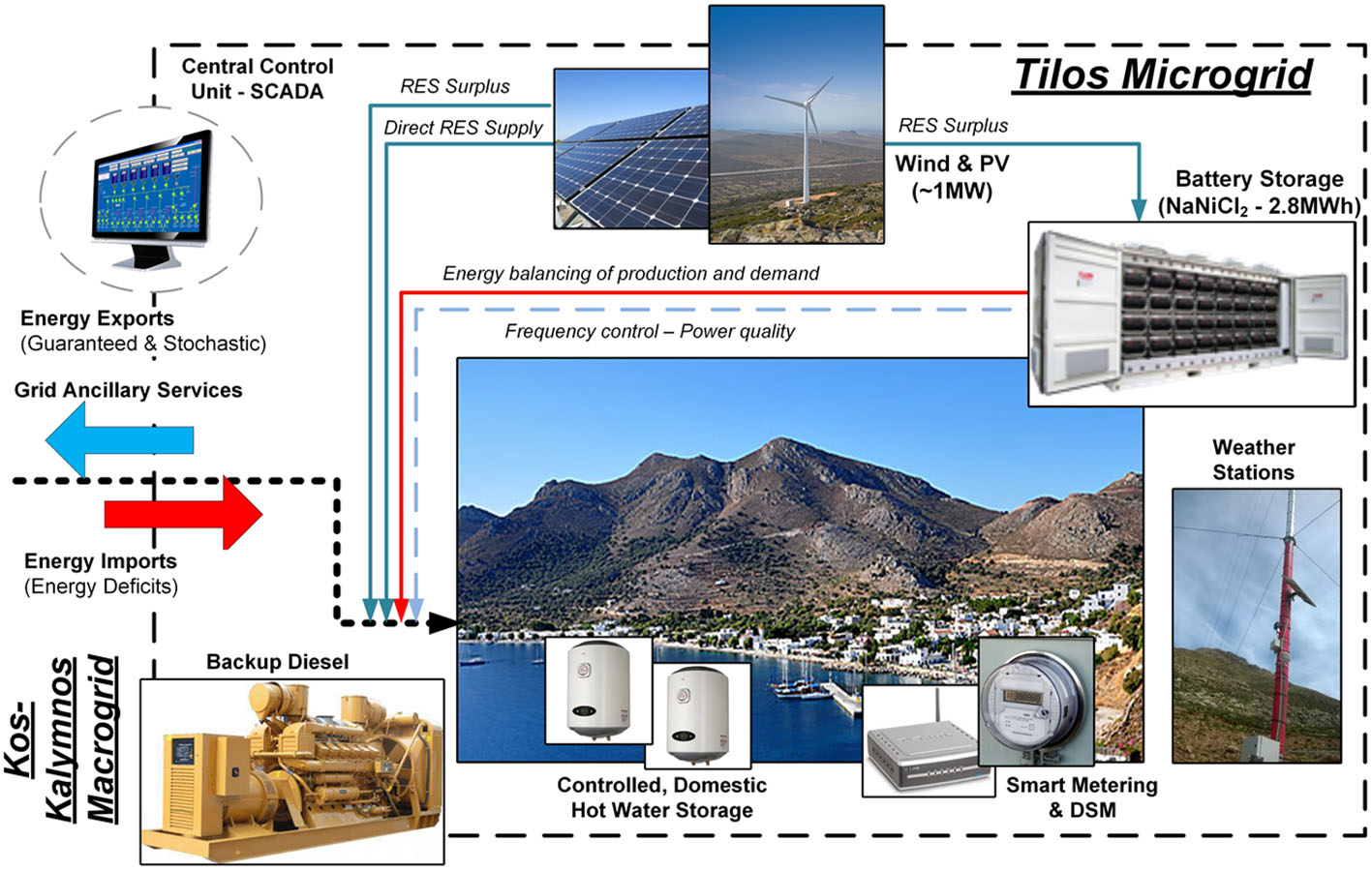
Figure 2: The layout of the Tilos smart grid.
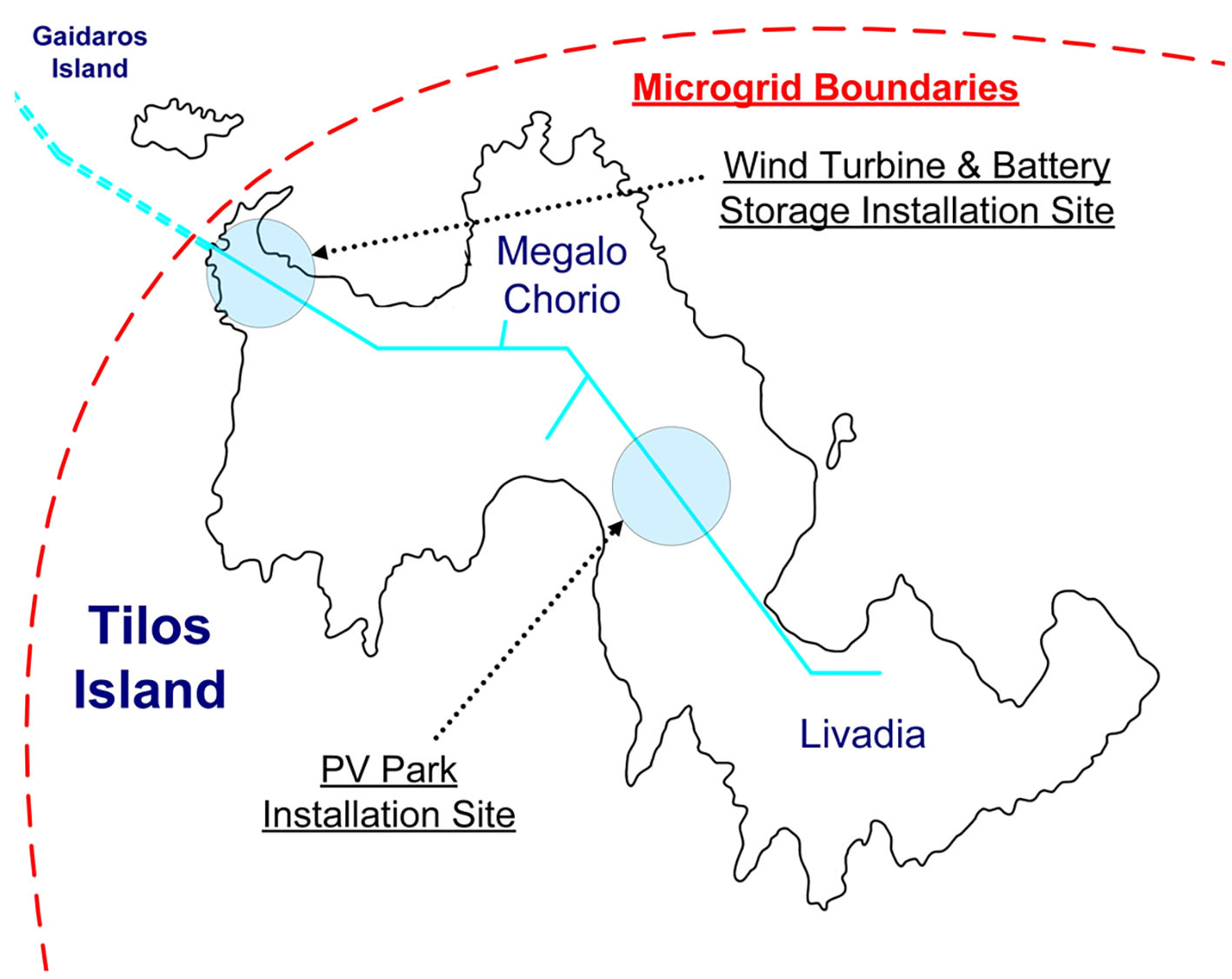
Figure 3: Installation locations of the system’s components on Tilos map.
The so-far achieved progress
The project is already running for a 18 months period (November 2016). The most important achieved milestones are:
The R.E.S. power plants are expected to be installed in summer 2017, when the smart grid will be set in demo operation, for an annual time period, aiming to evaluate different energy management strategies.
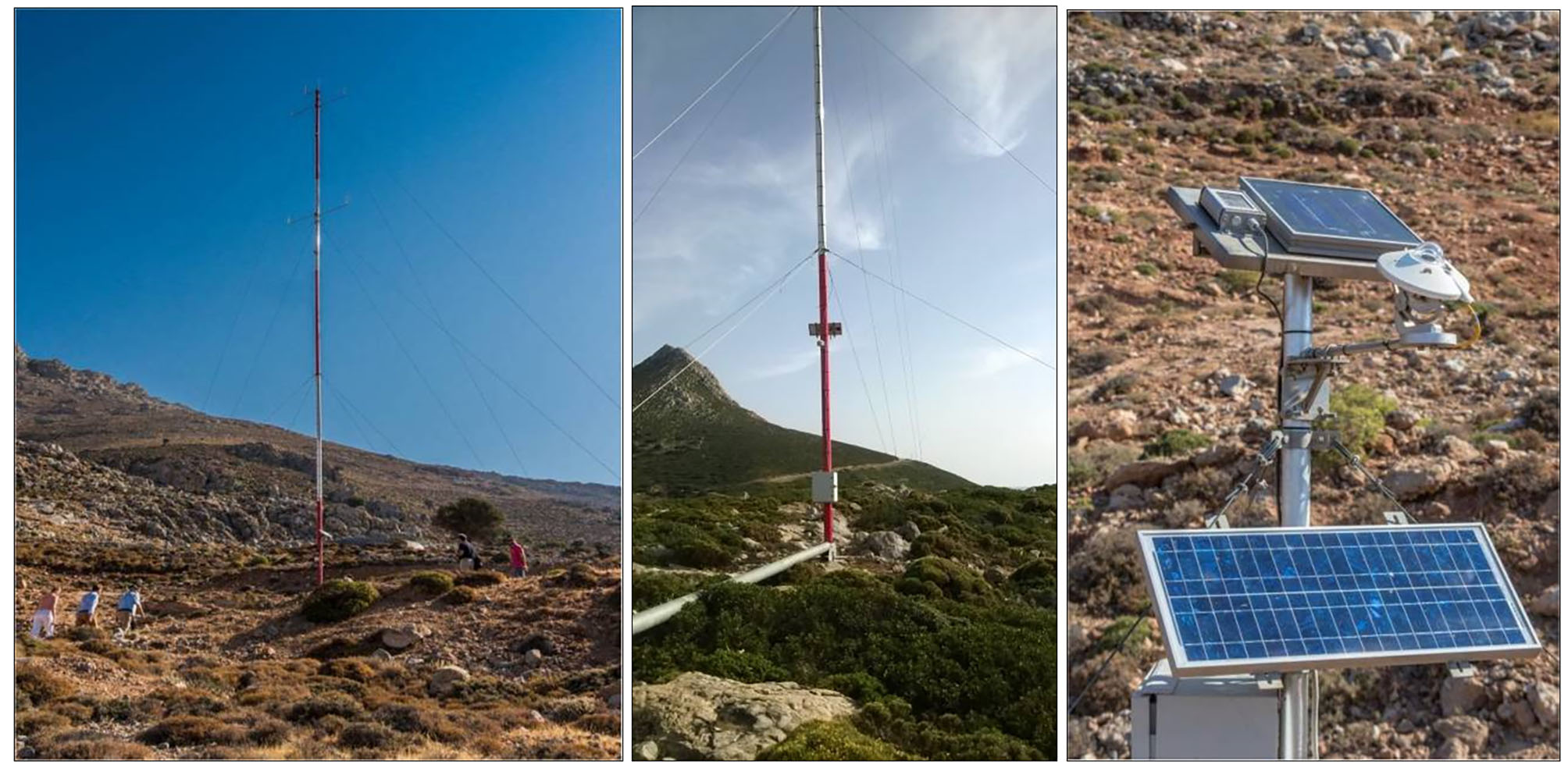
Wind masts and meteorological instruments for the measurements capturing of wind potential, solar radiation and other climate parameters.
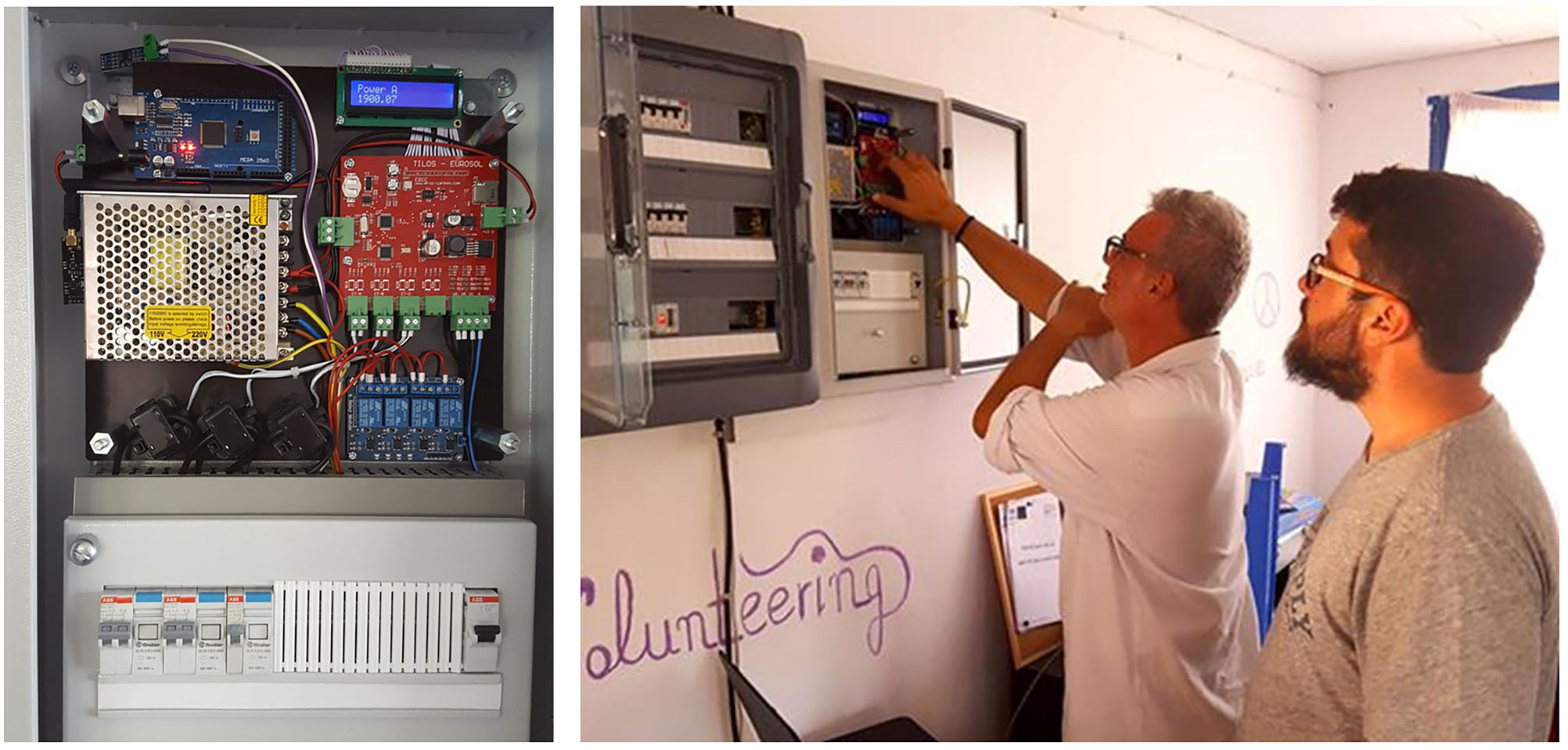
The prototype measurement and demand side management device – Demo installation in refugees host centre in Tilos.
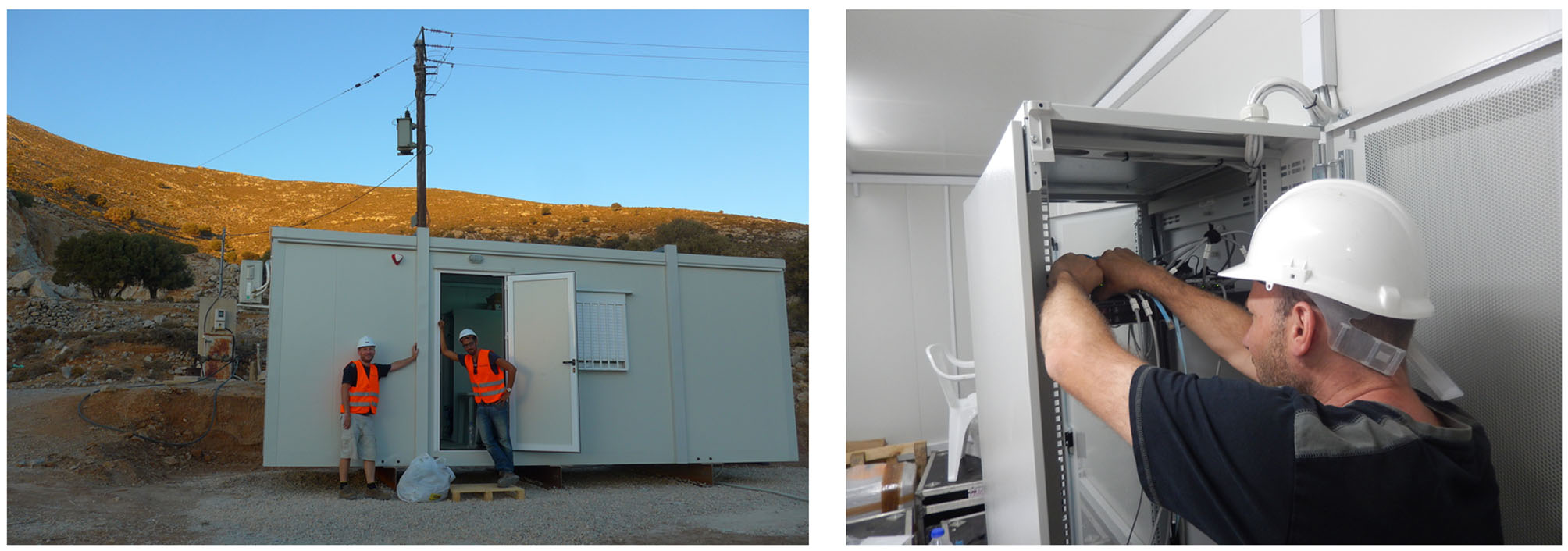
The central management system (SCADA) installation for the remote data collection from the meteorological stations and the electricity demand measuring devices.
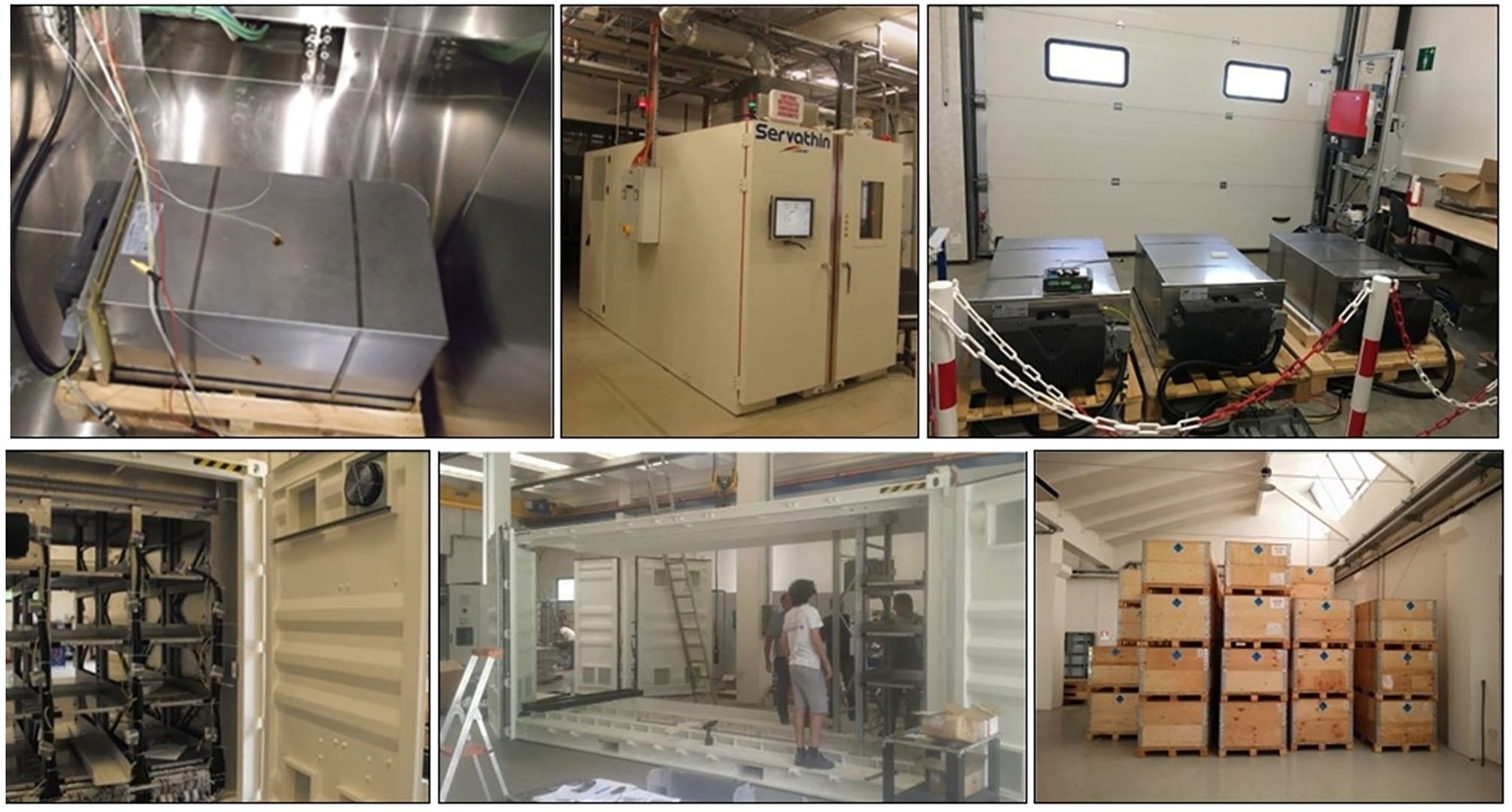
Test control of the NaNiCl2 electrochemical batteries and assembly of the first out of two batteries container.
Project’s operator: Piraeus University of Applied Sciences
Start date: 1/2/2015
Project’s duration: 4 years
URL & e-mail: www.tiloshorizon.eu, tilos@tiloshorizon.eu
Contact: Zafeirakis Dimitris, phone: 2105381580, e-mail: dzaf@teipir.gr.
Acknowledgement
The Laboratory of Soft Energy Applications and Environmental Protection of Piraeus University of Applied Sciences is gratefully acknowledged for the provision of the above presented material and the permission to post it. Good luck for the implementation of the TILOS project.